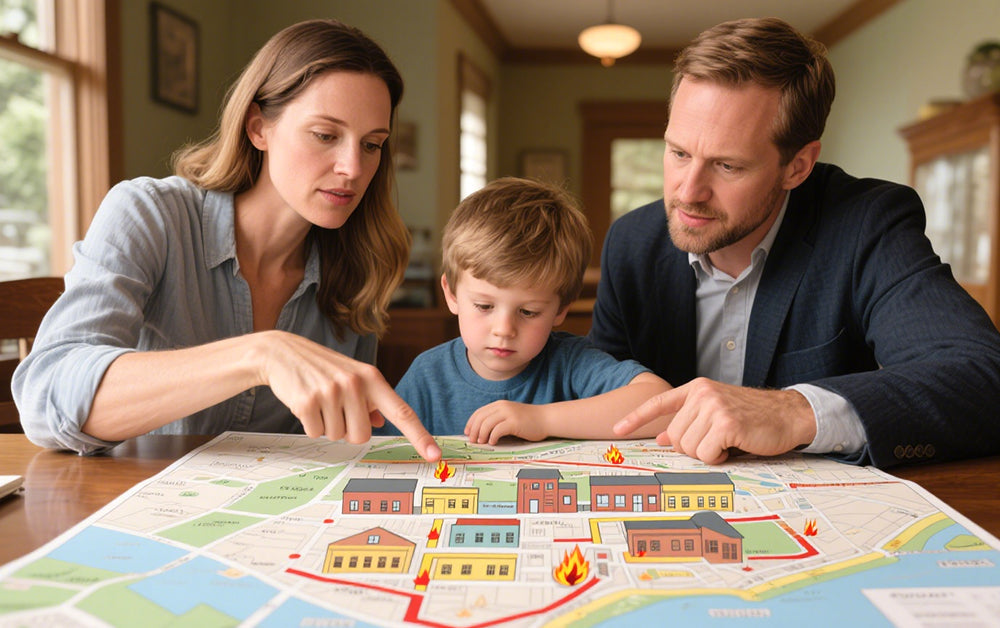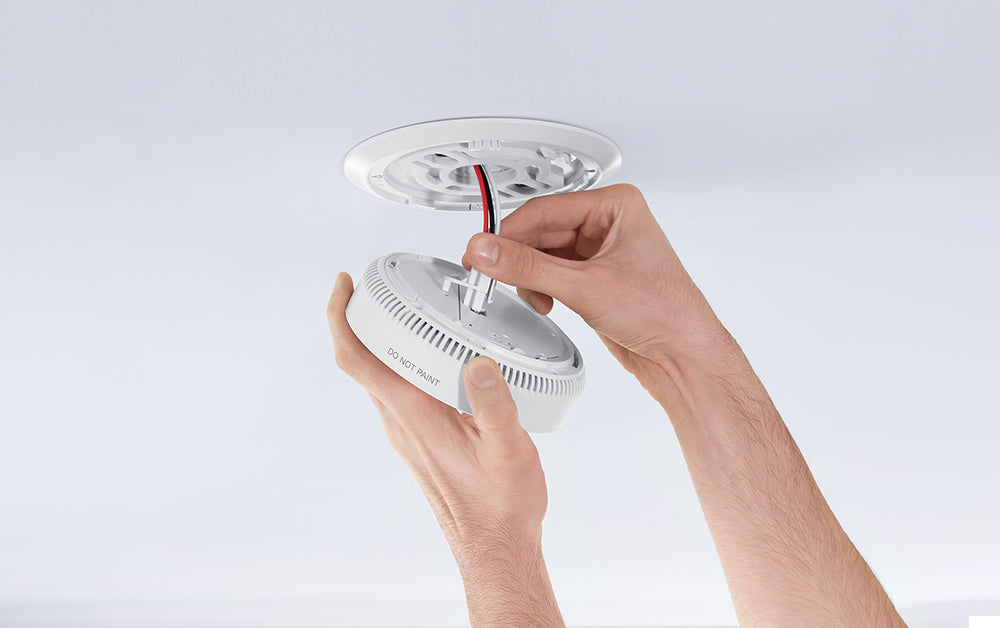September marks National Preparedness Month, a nationwide campaign led by FEMA and the Ready Campaign to empower American families to prepare for unexpected emergencies—from wildfires to storms and home fires.
It's also a perfect reminder to assess your home's safety essentials—especially smoke and carbon monoxide (CO) alarms.
Why Preparedness Matters — and How Alarms Fit In
Modern homes tend to burn faster due to synthetic materials and lithium batteries. Some experts warn that occupants now may only have two to three minutes to escape a fire safely. In that critical short window, working alarms are lifesavers.
By contrast, data shows that working smoke alarms reduce the risk of dying in a home fire by up to 60%. Homes without functioning smoke alarms account for nearly 60% of U.S. home fire deaths. Even more striking — if every home had a working smoke alarm, U.S. fire fatalities could drop by 36%, saving hundreds of lives each year.
CO, known as the "silent killer", is odorless and colorless. The CDC reports that more than 500 Americans die annually from unintentional CO poisoning, with many more seeking medical attention. CO detectors are therefore just as critical as smoke alarms.

Emergency Readiness at Home: A Simple Checklist
Here's a household checklist to align with National Preparedness Month—and protect your loved ones:
1. Install and Maintain Smoke & CO Alarms
- Place smoke and CO alarms in key areas (bedrooms, hallways, and near living spaces). CO detectors should be placed near sleeping areas and fuel-burning appliances.
- Test the units monthly to ensure they work properly.
- Check the battery status and replace units according to the manufacturer's instructions.
Want to know the best spots? Read our guide: Where to Install Your Smoke & CO Combo Alarm for Maximum Protection
2. Create and Practice an Emergency Escape Plan
- Identify at least two exits from every room and choose a safe meeting spot outside.
- Teach all family members, including your young children, how to respond when an alarm sounds.
- Practice the escape plan twice a year to build muscle memory.
3. Build a Basic Emergency Kit
- Include emergency food, water (3-day supply), flashlight, batteries, first-aid supplies, and any necessary medications.
- Add a fire extinguisher and a multi-tool.
- Keep instructions for shutting off utilities (gas, electricity) readily accessible.
4. Know Your Local Household Risks
- September still falls within hurricane season in some U.S. regions, and sudden storms, floods, or fires can strike with little warning.
- Tailor your preparedness accordingly—ensure alarms are battery-backed and consider alarms with 10-year built-in long-life batteries to stay protected even during power outages.
5. Stay Informed and Connected
- Follow FEMA's Ready Campaign for social media toolkits and preparedness calendars.
- Engage with the local fire department—may offer free alarm installation and home safety checks. For example, a program in Michigan installed 1,100 free smoke and CO detectors in high-risk homes.

Bringing It All Together
As a spokesperson for home safety might remind us: "It's not just about alarms—it's about building readiness habits that empower your family." National Preparedness Month isn't a one-time event—it's a reminder that safety is always in season.
This September, take one tangible step toward home safety—check your alarms, map your exits, or your emergency kit. Share this checklist with friends and neighbors to spread preparedness.
Together, let's make home safer—one alarm, one escape plan, one family at a time.



